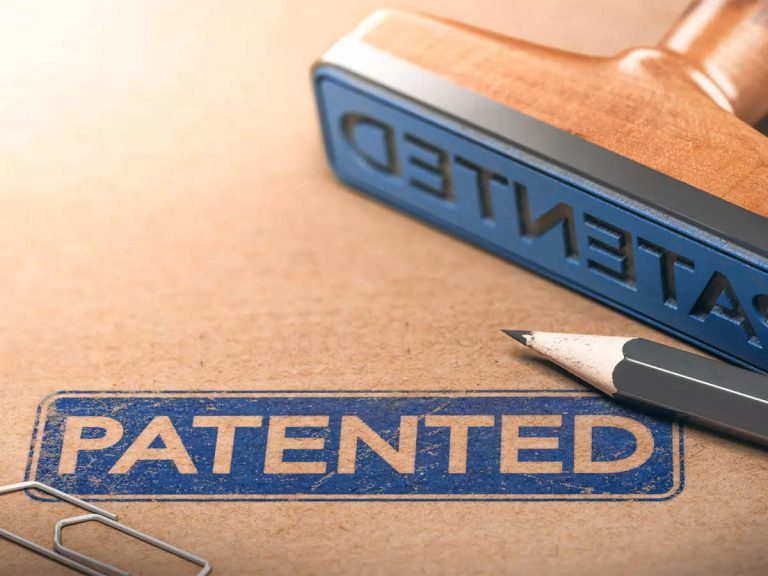Historic Patent War That Began on Valentine’s Day
“Whatever evidence there is, is in favor of the caveat having been filed first.”
— Elisha Gray
Valentine’s day is no ordinary day. Especially in the patent world. It is the day when one of the most important patents the world was filed & stamped – the telephone. A difference of just a few hours between the application filed by Alexander Graham Bell & Elisha Gray on Feb 14, 1846 forever associated Bell’s name with the invention of the telephone.
Like Bell, Gray was an inventor and founder of a company as well. He started Western Electric Manufacturing Company which later became known as Lucent Technologies, and was then acquired by Nokia in 2016. To date, Gray has more than 70 patents to his name, including one for the earliest electronic synthesizer. He and Bell were both working on creating a practical mechanical communication system. But, they were the first two to come up with the mechanical drawings and prototypes necessary to proceed to patent applications.
USA followed the “first to invent” rule till 2011, in which case the patent is granted to the person who can prove that they were the first to actually invent the device that is the subject of the patent. Despite that it seems that on Feb 14, 1846 the application from both Bell & Gray arrived within hours from one another in the Washington office. Which meant that Bell’s application was stamped immediately upon filing as the fifth filing of that day. Wherein, Gray filed for a caveat which is basically an intent to file for a patent application. Plus, it was stamped as the 39th filing of the day.
It seemed that Bell beat Gray to be titled as the man who connected mankind with his invention. On advice of his counsel Gray withdrew his caveat for the patent application and U.S. patent number 174,465 was issued to Bell for the telephone. But this resulted in one of the lengthiest litigation battles ever. They haggled in court, pushed conspiracy theories and even accusations, till it was finally put to rest by the courts. The patent investigation could not prove any of the accusations by Gray or Bell, and cited that both the proposed inventions worked on different principles. Additionally Gray had withdrawn his caveat, so this did not help his legal stand in the courts during the proceedings. But, most importantly Gray did not have a working model of the proposed invention in his caveat so he could not claim priority over Bell’s invention. Which now, as per them had occurred first.
This case presents an interesting precedent to inventors today. A few important takeaways from this case are – create proof of priority by making a functioning prototype, be aware of your competition and most crucial of them all – be prompt in protecting your inventions via patent or other intellectual property.
![]()





